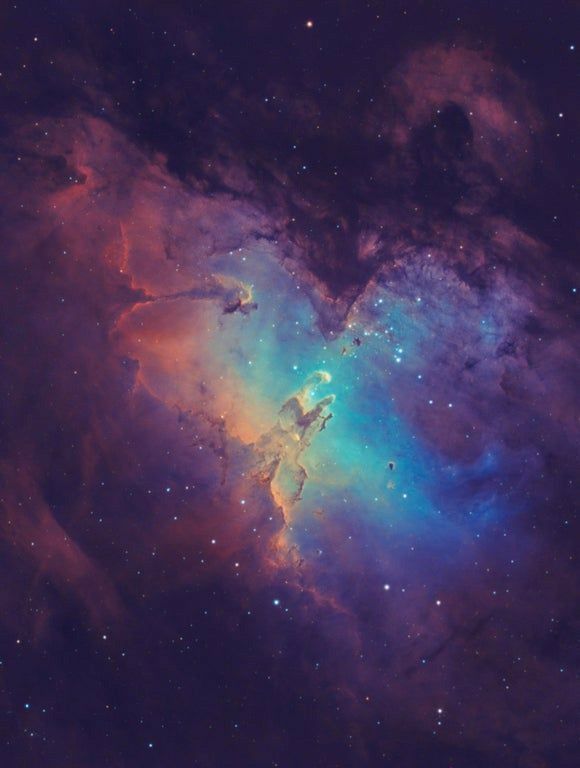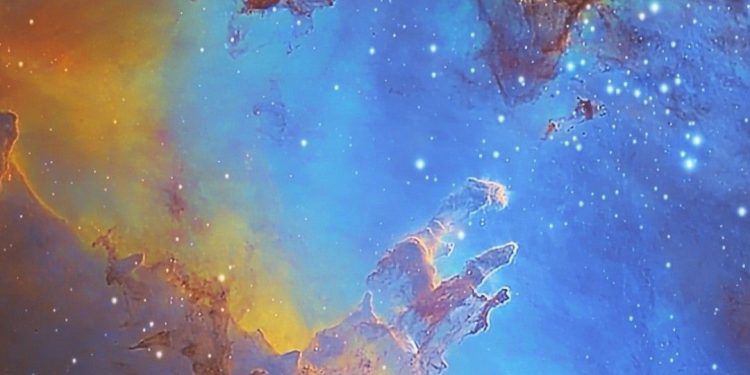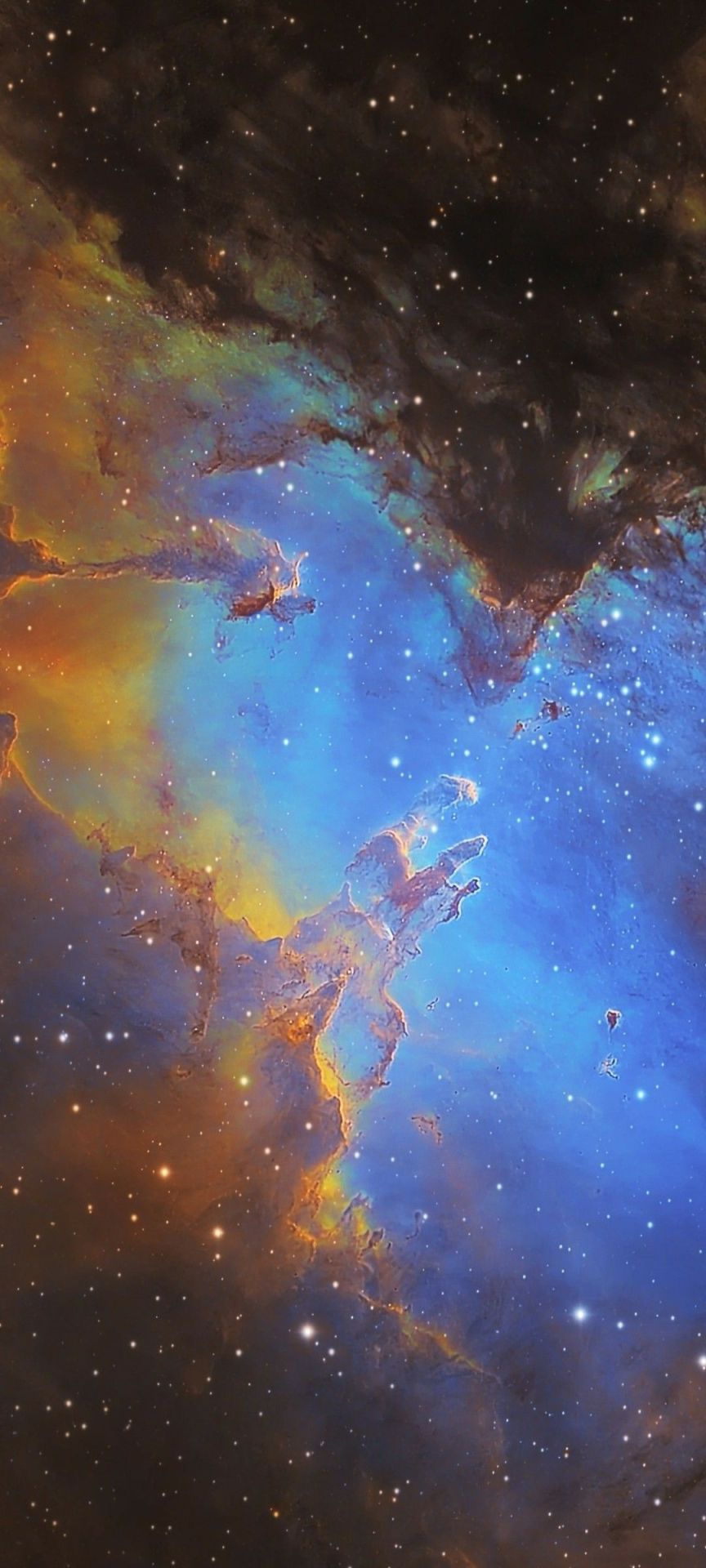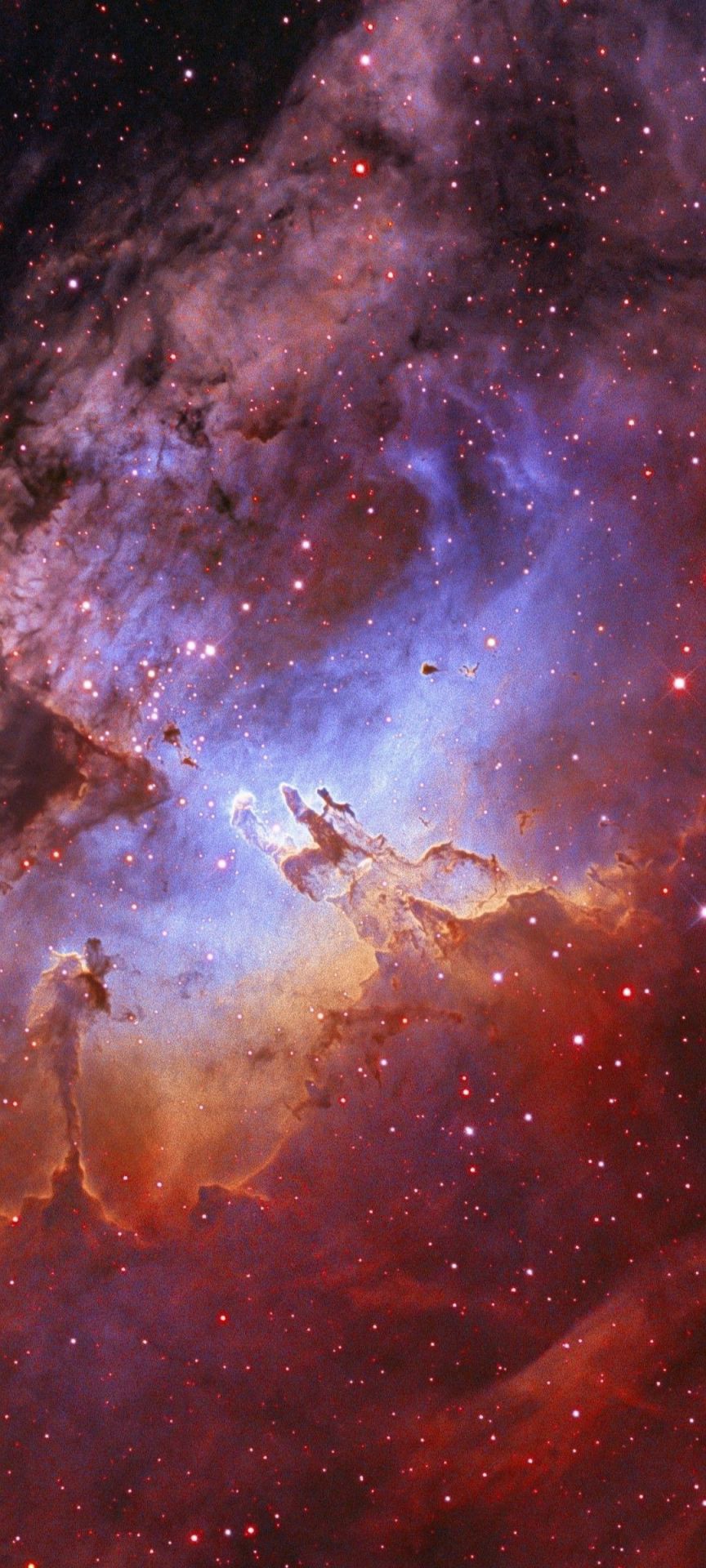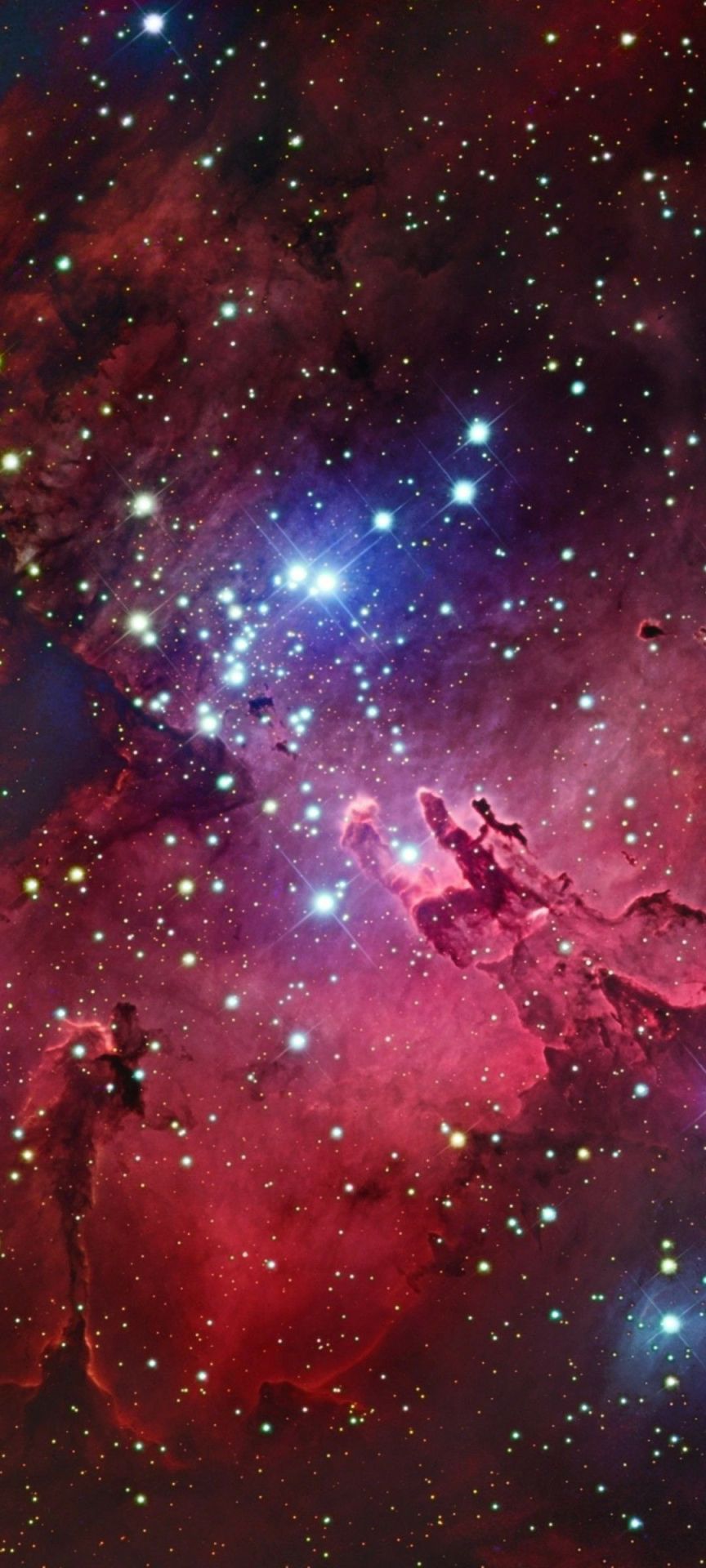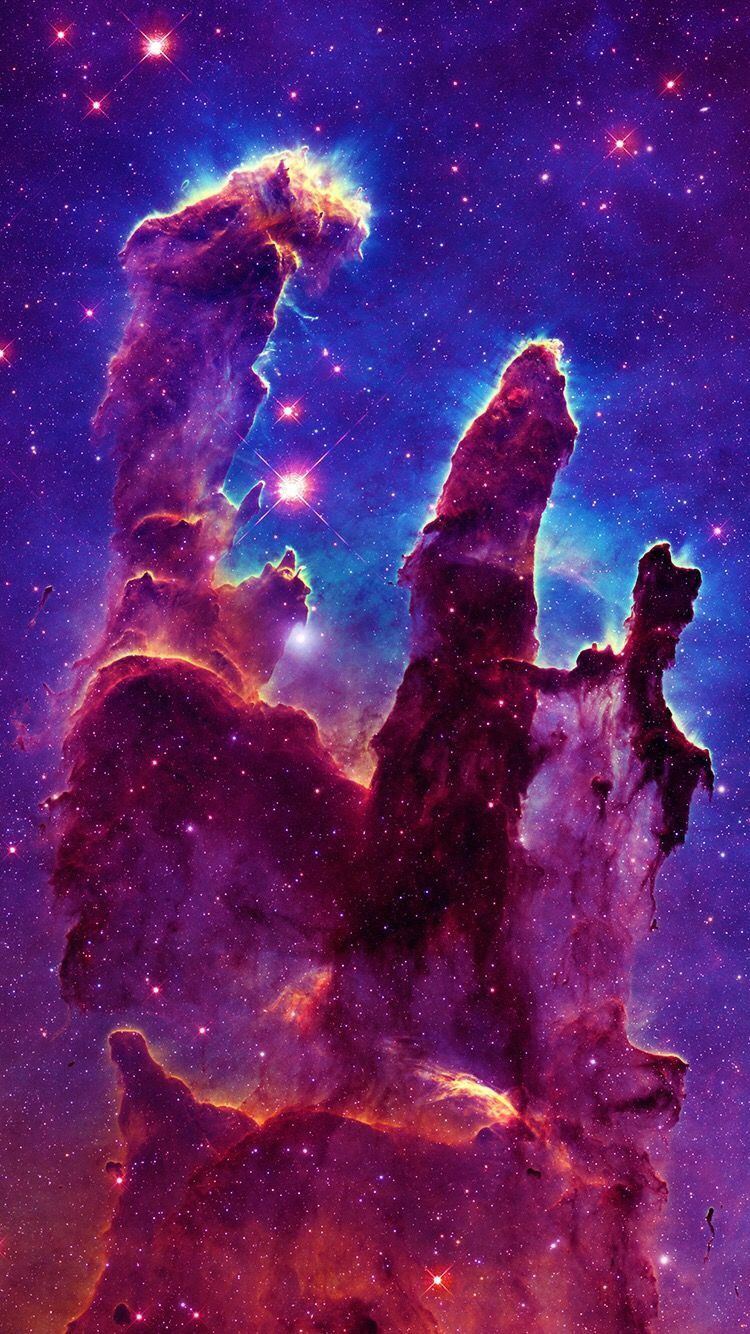The Eagle Nebula: A Celestial Wonder.
The Eagle Nebula, also known as Messier 16, is a celestial wonder that has captured the attention of astronomers and space enthusiasts for generations. Located in the constellation Serpens, the Eagle Nebula is a stunning example of the beauty and complexity of the universe.
At the heart of the Eagle Nebula is a cluster of young stars, known as the “Pillars of Creation.” These pillars are made up of gas and dust, and they serve as the birthplace for new stars. The pillars are so named because they appear to be towering structures that rise up from the surrounding gas and dust, much like skyscrapers on Earth.
The Eagle Nebula was first observed by French astronomer Jean-Philippe de Chéseaux in 1745, but it wasn’t until 1764 that it was catalogued by Charles Messier. Since then, the Eagle Nebula has been the subject of intense study and observation by astronomers around the world.
One of the most famous images of the Eagle Nebula was captured by the Hubble Space Telescope in 1995. The image, known as the “Pillars of Creation,” shows the stunning beauty and complexity of the Eagle Nebula in incredible detail. The image has become one of the most iconic and recognizable astronomical images of all time.
The Eagle Nebula is a reminder of the incredible scale and complexity of the universe. It serves as a constant source of wonder and inspiration for astronomers and space enthusiasts alike. As we continue to explore the universe and unlock its secrets, the Eagle Nebula will undoubtedly continue to capture our imaginations and fuel our curiosity about the universe around us.
In conclusion, the Eagle Nebula is a celestial wonder that inspires awe and wonder in all who behold it. From its stunning “Pillars of Creation” to its intricate structure and beauty, the Eagle Nebula is a testament to the incredible complexity and beauty of the universe. As we continue to explore the cosmos, the Eagle Nebula will remain a constant reminder of the endless wonders that await us in the universe.
Hits: 0
